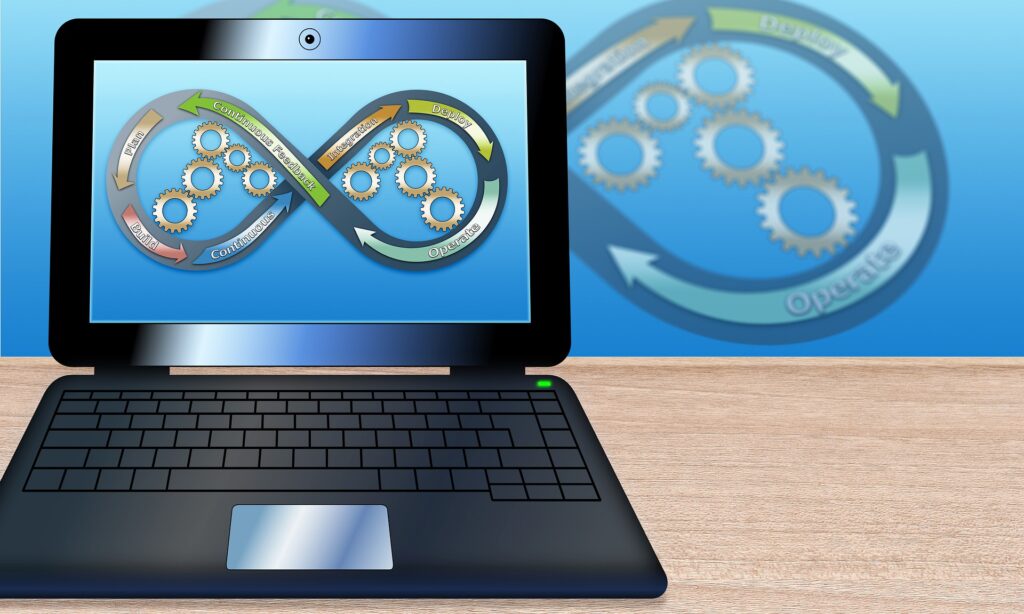 Many companies rely on an ongoing maintenance program to keep their equipment up-to-date and fully functional. When properly executed, it can help them prolong the working life of that equipment, improve safety, and even increase productivity and efficiency.
Many companies rely on an ongoing maintenance program to keep their equipment up-to-date and fully functional. When properly executed, it can help them prolong the working life of that equipment, improve safety, and even increase productivity and efficiency.
The question is, what steps can you take to improve the reliability of your maintenance program?
The Goals of Maintenance Program Improvement
Most business owners have three goals in mind when attempting to improve or perfect their internal maintenance program:
- Better results. The goal of maintenance is usually to keep machines in peak working condition for as long as possible, which means making proactive repairs, replacing certain components, and keeping the machinery clean. A well-optimized maintenance program will keep machines running more reliably and longer.
- Less time. You’ll also want to spend less time on maintenance, if possible while also maximizing results. If your employees spend less time on maintenance, they can spend more time on productive work.
- Less money. Good maintenance can save you money in a variety of ways. You can spend less on labor, maximize productivity, and suffer less from unexpected shutdowns.
How to Improve your Maintenance Program
So what strategies can you utilize to improve your maintenance program?
1. Invest in better tools and kits. First, try to invest in better tools and kits. The right visual thread inspection kit, for example, can make it much easier for your employees to properly inspect your pipe tubing and casing connections, allowing them to notice points of mechanical damage. With the right tools, your employees will be able to do a better job.
2. Properly train your employees. Your employees will generally be the ones doing the maintenance (unless you choose to outsource this work to a third party), so it pays to train them properly. When you onboard a new employee, stress the importance of safety to them, and manage a safety-conscious company culture. When showing an employee how to perform maintenance, be sure to show them all vital steps and test them to ensure they’ve internalized the procedure correctly.
3. Include multiple checks and balances. Make sure your maintenance systems include multiple checks and balances, so nothing is lost or forgotten. A simple checklist of steps to follow during routine maintenance can minimize blunders and give employees a point of reference so they do everything properly. Designating supervisors and running cross-inspections can also minimize the occurrence of critical mistakes. No single person should be the sole point of responsibility for maintenance.
4. Identify a leader. Within your team, identify one person to serve as a leader, or point person responsible for ensuring maintenance is done correctly. This point of authority can help observe maintenance protocols to be sure they’re handled properly and serve as an example for others. Make sure this individual takes pride in their responsibility and establishes a tone of taking safety seriously.
5. Research and follow the recommended guidelines. Different manufacturers and different industries have different guidelines. Depending on your industry and the nature of your business, you may be legally required to follow certain maintenance or safety criteria. Otherwise, you’ll need to pay attention to manufacturer recommendations to ensure you’re doing maintenance properly. No matter what, make sure to do your research and follow all the authority-recommended guidelines. Don’t simply make up your own maintenance rules.
6. Keep it consistent. Arguably the most important element of any maintenance program is that it’s done consistently. Doing maintenance once and then forgetting about it won’t prolong the lifespan of your equipment; instead, you have to do it every week, or every month. Keep documentation on all your points of maintenance so you have clear records to show and encourage your consistency.
7. Automate what you can. Automation is one of the most important ways to save time and money throughout your business. Automating manual tasks can reduce the possibility of human error, reduce labor costs, improve safety, and increase consistency. Try to automate as many elements of your company’s maintenance program as possible to capitalize on these benefits, such as setting up notifications and monitoring systems.
8. Reward and discipline employees. Pay close attention to how your employees conduct maintenance. Reward the team members who consistently take their responsibilities seriously and prioritize maintenance. Write up or penalize the team members who skip stages of your maintenance program, take shortcuts, or neglect the importance of safety and maintenance altogether. Gradually, these small actions can help to sculpt a workplace environment that prioritizes safety, successful maintenance.
With these steps, you can improve the consistency, reliability, and even cost efficiency of your company’s maintenance program. You’ll have less downtime, you’ll spend less on upkeep and repairs, and your workers will be both safer and more efficient.